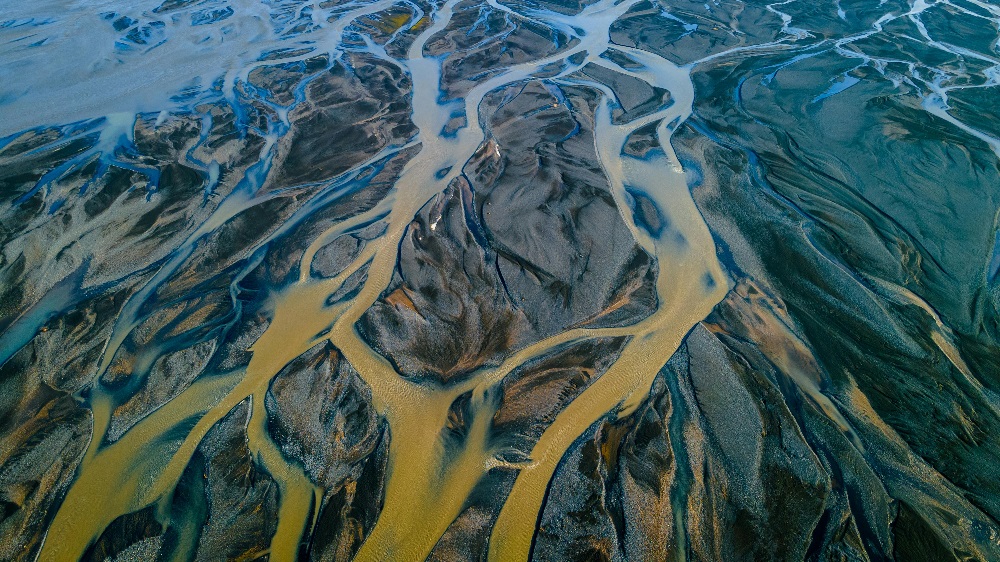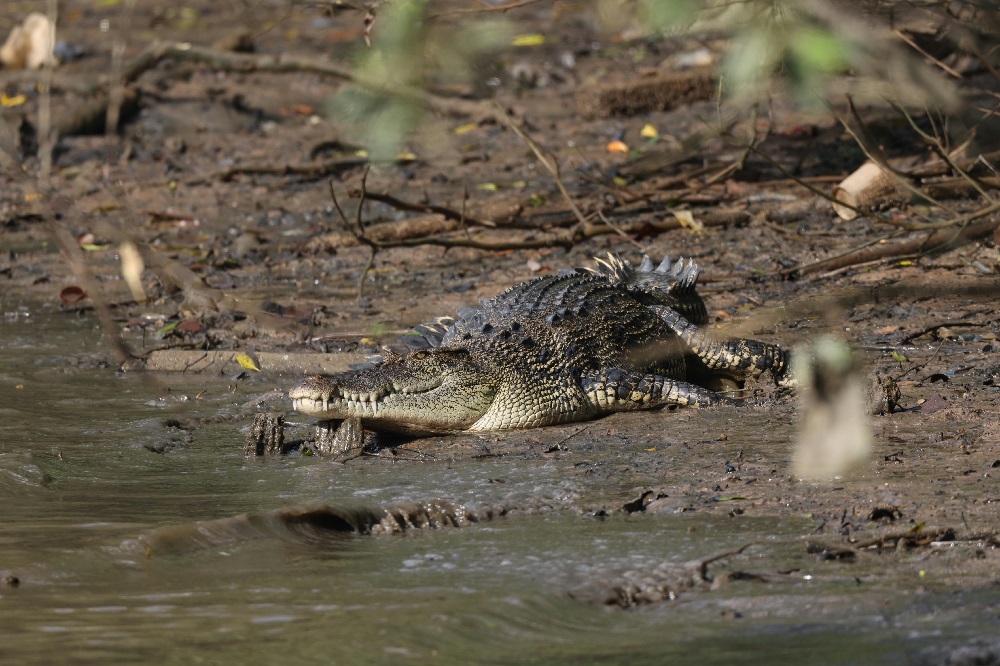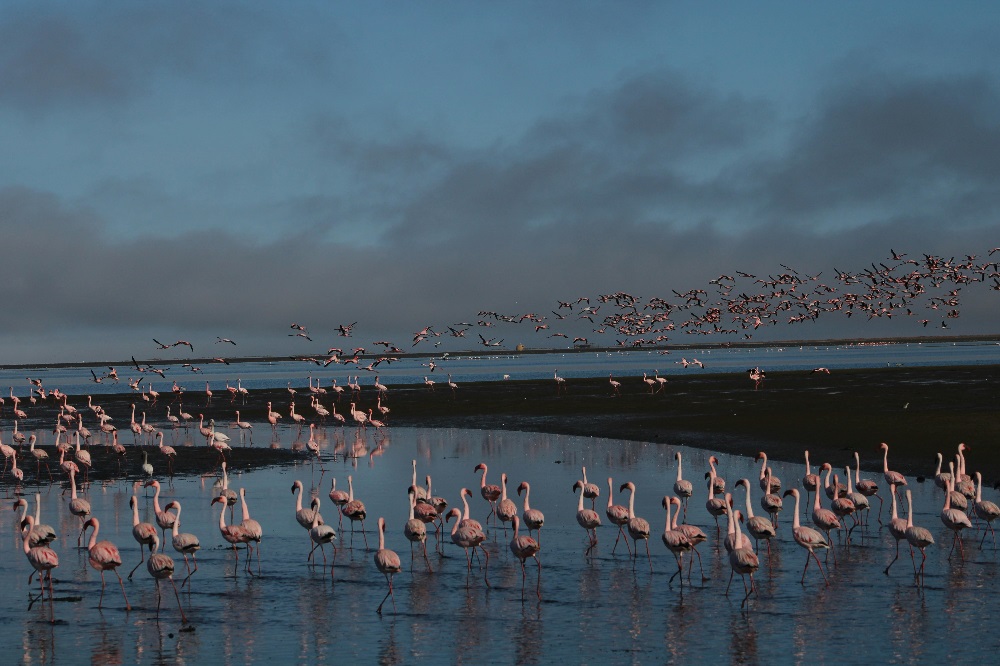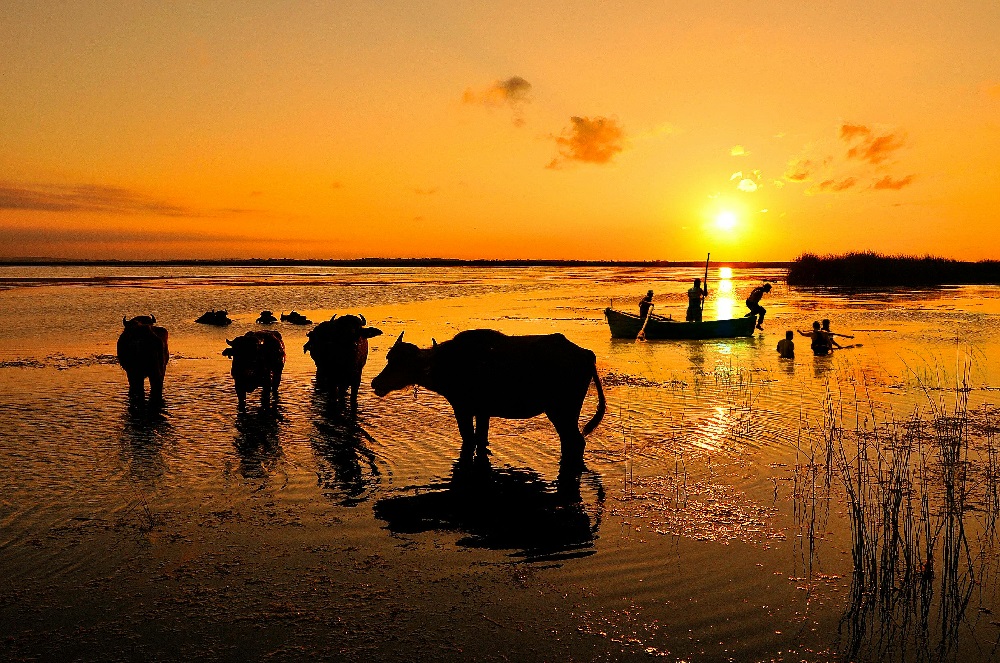The Okavango Delta in Botswana is one of the most remarkable wetlands in the world, but like many natural wonders, it faces a range of challenges that threaten its delicate balance. At first glance, this massive inland delta seems like a pristine paradise, teeming with wildlife and framed by breathtaking landscapes. However, environmental pressures, human activities, and climate change combine to create a complex set of issues that demand attention. Among these, habitat degradation, poaching, and changes in water flow patterns stand out as the most pressing. The delta relies entirely on seasonal flooding from the Okavango River, which originates in the Angolan highlands and flows through Namibia before spreading into Botswana’s flat terrain. Any disruption to this water supply, whether due to upstream development, prolonged drought, or erratic rainfall caused by climate change, can have profound consequences for the delta’s ecosystems. Furthermore, the growing human population around the delta means increased competition for water and land, along with more waste and pollution entering the system. Tourism, while a major source of revenue, can also contribute to degradation if not managed responsibly. Striking a balance between conservation, tourism, and the needs of local communities remains the central challenge for safeguarding the Okavango’s future.
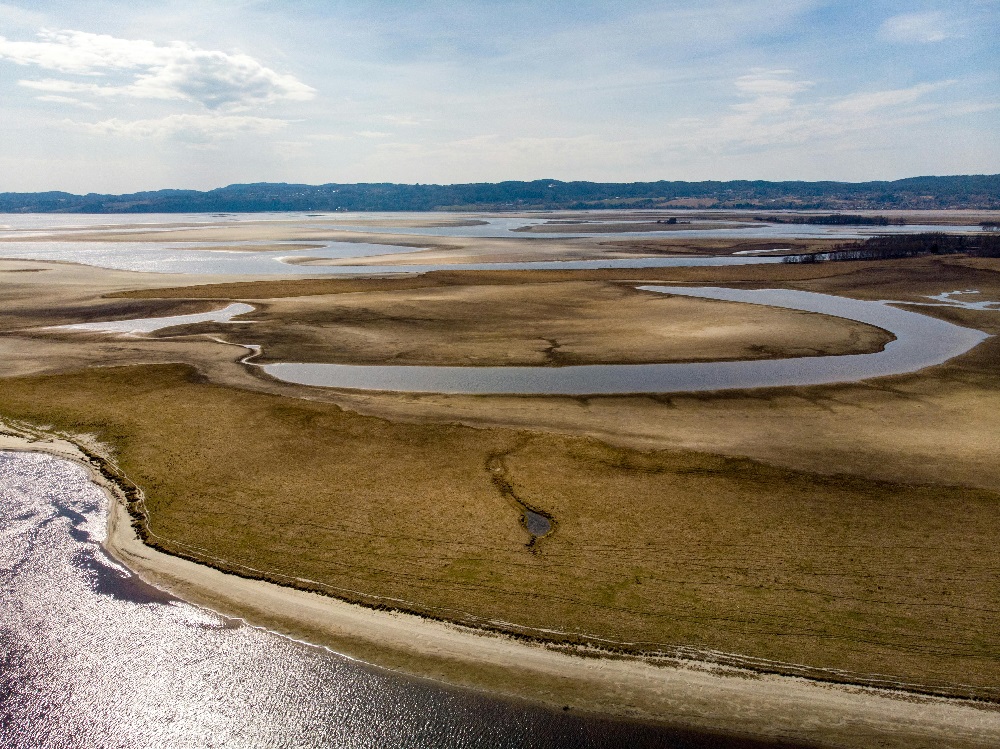
How Many Tourists Die in the Okavango Delta?
While the Okavango Delta is generally a safe destination for visitors, the wilderness environment does come with inherent risks. The number of tourist fatalities here is very low, and most visits pass without incident thanks to strict safety protocols implemented by tour operators and lodges. Fatalities, when they occur, are usually the result of natural causes such as heart conditions exacerbated by the heat or physical activity, rather than wildlife attacks. The guides in the delta are highly trained in both wildlife behavior and first aid, ensuring that dangerous encounters with animals are extremely rare. However, the environment does require caution—hippos, elephants, and crocodiles inhabit the waterways, and their unpredictable nature means that all safari activities are conducted with safety as a top priority. Waterborne diseases like bilharzia are virtually nonexistent in the main tourist areas, but visitors are still advised to take standard travel precautions. While the idea of “danger” in the African bush may sound dramatic, the truth is that fatalities are very rare and the Okavango Delta remains one of the safest safari destinations in Africa.
What Is the Iconic Tourist Activity That Is Unique to the Okavango Delta?
The Okavango Delta’s most iconic and unique activity is the mokoro safari. A mokoro is a traditional dugout canoe, historically carved from the trunk of a large tree like a sausage tree or ebony. Today, to conserve trees, most mokoros are made from fiberglass, but the experience remains authentically traditional. This slow, silent journey through the delta’s crystal-clear channels offers a perspective unlike any other form of safari. From the low vantage point of the canoe, visitors glide past reed beds and water lilies, watching elephants cross shallow channels, spotting tiny frogs camouflaged on reed stems, and observing birds at close range. The poler, standing at the back of the mokoro, uses a long pole to navigate shallow waterways, often sharing stories about the wildlife and the traditions of the delta’s people. This form of travel allows guests to feel completely immersed in nature, as the absence of engine noise makes encounters more intimate and serene. Beyond the mokoro rides, walking safaris in the delta’s islands also offer an equally thrilling, up-close view of wildlife in their natural habitat.
Are There Trees in the Okavango Delta?
Yes, the Okavango Delta is home to a diverse variety of trees that play an essential role in the health and beauty of its ecosystem. While the heart of the delta is dominated by papyrus, reeds, and aquatic plants, the surrounding islands and higher ground feature iconic African trees like jackalberry, sausage trees, mangosteen, leadwood, and various acacias. These trees provide shade for large mammals, nesting sites for birds, and food sources for species such as elephants, which often strip bark and eat leaves. Jackalberry trees, in particular, are known for their ability to survive flooding and support a variety of wildlife, from vervet monkeys to fish eagles. Sausage trees, named for their large, sausage-shaped fruits, are not only visually striking but also important to local traditions and wildlife diets. The presence of trees in the delta also helps stabilize the soil, reducing erosion caused by seasonal floods. In many ways, the trees of the Okavango are silent guardians of the wetland, supporting both biodiversity and the aesthetic charm that draws travelers from around the world.
Can You Swim in the Okavango Delta?
Swimming in the Okavango Delta is generally not recommended due to the presence of dangerous wildlife such as crocodiles and hippos. While the delta’s clear waters might look inviting, these animals are extremely territorial and can pose serious threats to humans. That said, in some controlled environments or in isolated channels far from known wildlife habitats, certain lodges and guides may allow supervised dips for guests. These opportunities are rare and always undertaken with extreme caution. For those who want a refreshing experience without the risks, many safari lodges in the delta offer beautiful plunge pools or elevated viewing decks where guests can cool off while still enjoying sweeping views of the waterways and surrounding plains. The best way to enjoy the delta’s waters safely is from the comfort of a mokoro, motorboat, or on a guided photographic safari along its channels.
Does the Okavango Delta Have Crocodiles?
The Okavango Delta is home to a healthy population of Nile crocodiles, one of Africa’s most formidable predators. These reptiles can grow to lengths exceeding five meters and play a vital role in maintaining the balance of aquatic ecosystems by controlling fish populations. Crocodiles in the delta are most often spotted basking on sandy banks or gliding silently through the water, with only their eyes and nostrils visible above the surface. While they are a natural part of the delta’s ecology, they are also a reason why swimming is generally discouraged. Visitors on mokoro or boat safaris can often see crocodiles from a safe distance, and experienced guides are skilled at spotting and avoiding them during excursions. Crocodile nesting season, which occurs during the warmer months, is an especially interesting time for wildlife enthusiasts, as it offers the chance to observe these reptiles’ fascinating reproductive behaviors.
How to Do the Okavango Delta on a Budget?
Although the Okavango Delta is often associated with luxury lodges and high-end safaris, budget-friendly options do exist for travelers willing to plan carefully. One of the most cost-effective approaches is to stay in Maun, the main gateway town to the delta, and take day trips into the wetlands. Budget campsites and backpacker lodges in Maun provide affordable accommodations, while locally operated mokoro excursions and guided tours offer a taste of the delta without the expense of overnight stays in remote lodges. Another option is to join a small group camping safari, where travelers share costs for transportation, food, and guiding. These trips often include mobile camping within the delta itself, providing a more adventurous and immersive experience. Self-drive safaris are possible but require careful preparation and reliable 4×4 vehicles. By traveling during the shoulder season—just before or after peak flood—you can also take advantage of lower prices while still enjoying excellent wildlife viewing.
Where is the Okavango Delta on the Seven Wonders of the World?
While the Okavango Delta is not officially listed among the “Seven Wonders of the World” in the traditional sense, it has been recognized as one of the Seven Natural Wonders of Africa and is a UNESCO World Heritage Site. Its unique geography—an inland delta that floods during the dry season—creates one of the most productive and spectacular wildlife habitats on the planet. This seasonal miracle supports an extraordinary diversity of species, from lions and leopards to elephants and hundreds of bird species. The delta’s inclusion in Africa’s Seven Natural Wonders underscores its importance as a must-visit destination for nature lovers. It also highlights the need for ongoing conservation efforts to protect its delicate ecosystems from the threats of climate change, upstream water diversion, and human development.
Why Are Lions in the Okavango Delta Special?
The lions of the Okavango Delta are unlike most lion populations in Africa, both in their behavior and in their hunting strategies. Living in an environment that floods annually, these lions have adapted to a semi-aquatic lifestyle, something that is exceptionally rare among big cats. During the wet season, vast portions of their territory are submerged, and they must traverse water channels to follow prey. This adaptation has led to remarkable hunting techniques, such as swimming across deep channels to stalk antelope or even buffalo that feed on the flooded grasslands. Okavango lions are also known to tackle larger prey more frequently than their savanna counterparts, with prides sometimes working together to bring down giraffes or large buffalo bulls. These physical and behavioral adaptations have given researchers valuable insights into how wildlife evolves in response to challenging environments. For safari-goers, witnessing a pride of lions wading through shallow waters or swimming with determination toward a target is an unforgettable sight, offering a unique perspective on Africa’s apex predator.
What Makes the Okavango Delta Different from Other Deltas in the World?
Most river deltas in the world empty into oceans or seas, where fresh water meets salt water and sediment is deposited. The Okavango Delta, however, is an entirely inland system, making it one of the few major “alluvial fans” that does not connect to the sea. Its waters come from seasonal rainfall in the Angolan highlands, traveling hundreds of kilometers before spreading across Botswana’s flat terrain and dissipating into the sands of the Kalahari Desert. This unusual hydrological phenomenon creates a lush oasis in the middle of an arid region, providing habitat for an extraordinary range of wildlife. The seasonal flood cycle peaks between June and August, a time when rainfall in the delta itself is minimal but the incoming floodwaters transform the landscape into a vast, shimmering expanse of lagoons, channels, and islands. This timing is the reverse of most ecosystems, where rains and flooding occur simultaneously. As a result, the delta supports both permanent and migratory species, offering wildlife viewing opportunities that change dramatically with the seasons.
Where Do the Lions of the Okavango Delta Live?
The lions of the Okavango Delta roam throughout the wetlands and the surrounding floodplains, with some prides establishing territories deep within the Moremi Game Reserve and others living on the fringes of the delta where dry savannas meet the waterways. The Moremi Game Reserve, a protected area covering much of the eastern delta, offers a haven for these lions, ensuring that they have access to abundant prey such as lechwe, tsessebe, buffalo, and even hippos in rare cases. The islands formed during the flood season often serve as temporary refuges for prides, allowing them to rest and raise cubs away from the threat of flooding and the competition of rival predators. Because of the mosaic-like structure of the delta—patches of dry land interspersed with water channels—lion territories here are more fragmented than in open savanna environments, meaning prides may be smaller and more mobile. This adaptability is one of the reasons Okavango lions have survived and thrived in such a challenging yet resource-rich habitat.

